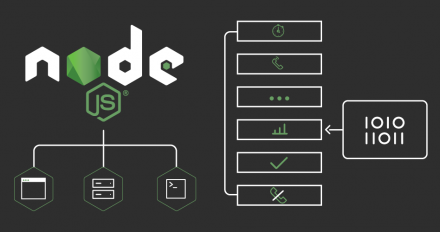
Node.js serverless functions on Red Hat OpenShift, Part 2: Debugging locally
Read our series to learn how to use severless functions on Red Hat OpenShift. Follow this tutorial to discover how to debug Node.js function-based applications.

Read our series to learn how to use severless functions on Red Hat OpenShift. Follow this tutorial to discover how to debug Node.js function-based applications.
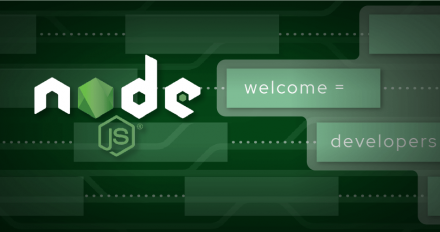
Take a deep dive into Node.js serverless functions! In Part 1, learn how logging works and how to customize a Node.js function application’s log levels.
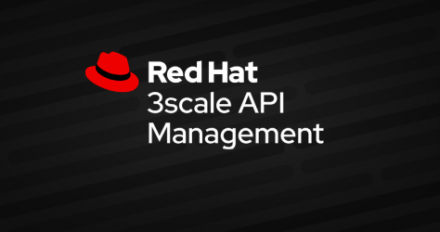
Learn how to expose WebSocket endpoints with Red Hat 3scale API Management. This tutorial highlights setup, configuration, and testing endpoints via the client.
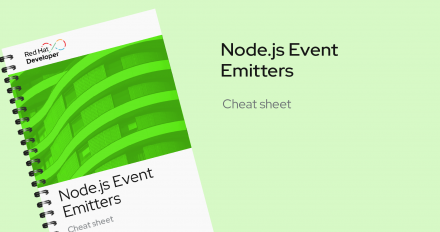
Event Emitters are one of the most important built-in APIs since much of Node.js' core is built around an idiomatic asynchronous event-driven architecture. Event Emitters can help developers create a publisher-subscriber pattern with ease.

Get an overview of the design principles and other considerations that shaped the GraphQL section of the Node.js reference architecture, including the decision to exclude most CRUD engines.
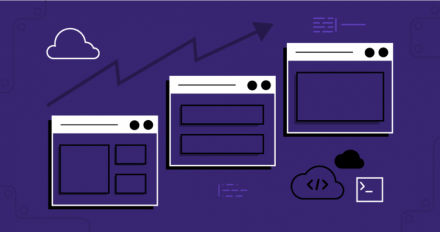
No matter where you are in your software development career, from just starting, to re-training, to expert-level but needing a brush-up, the Red Hat Developer program can help with tutorials and learning.
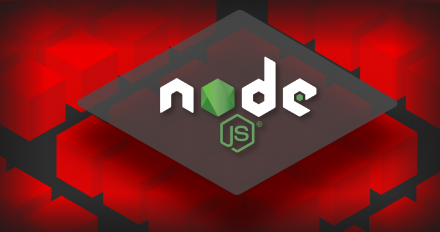
Look back at Red Hat's involvement at the OpenJS World 2021 conference. We took part in sessions exploring the impact of Node.js and JavaScript on technology.
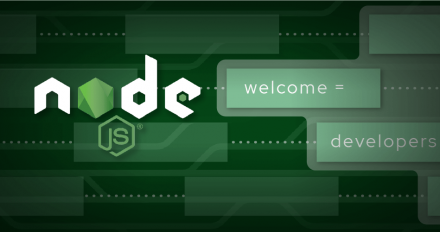
Find out why code consistency matters in the Node.js reference architecture, and how to automate using linter tools like ESLint in your JavaScript projects.

Part 2 dives into best practices for Node.js logging, what makes a good logging tool, and which logger the Node.js reference architecture recommends.
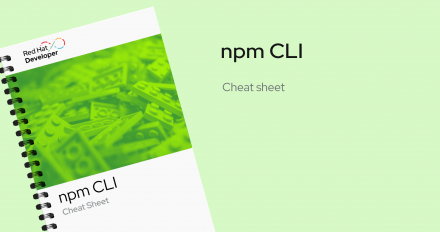
Get started with npm, the Node.js package manager, by downloading the npm CLI cheat sheet.

Don't let a single failing microservice bring down your entire system. Find out how the Opossum circuit breaker module for Node.js can help!
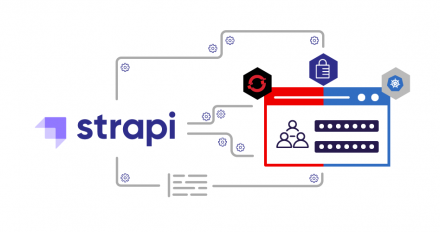
Get a hands-on guide to deploying a JavaScript application built with the Strapi CMS in your Kubernetes or Red Hat OpenShift cluster.

Find out what's new in current and upcoming Node.js releases and help guide the future of Node.js by participating in the Node.js Next 10 survey.
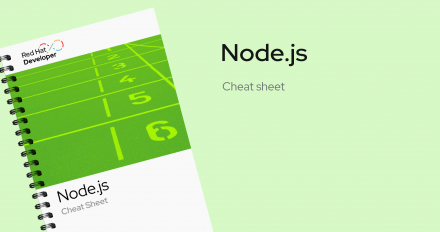
Download the Node.js cheat sheet PDF to learn useful command-line options for building fast, scalable network applications with Node.js.

Discover what Node.JS Core talks to expect from NearForm Presents on Mar. 31, 2021, and from the lab that follows on April 1.
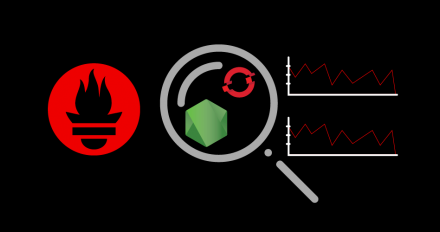
Create a simple containerized Node.js application and monitor instrumentation metrics with Prometheus—now fully integrated with Red Hat OpenShift 4.6.

Get started with the JavaScript SKD for CloudEvents, a specification for describing event data for interoperability across services, platforms, and systems.
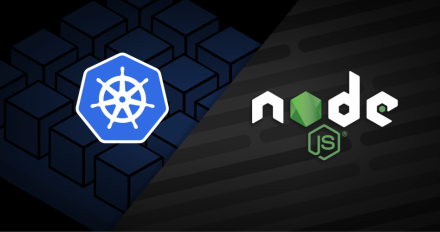
See for yourself why Nodeshift is a great tool for developing against a Red Hat OpenShift cluster with the Source-to-Image (S2I) workflow.
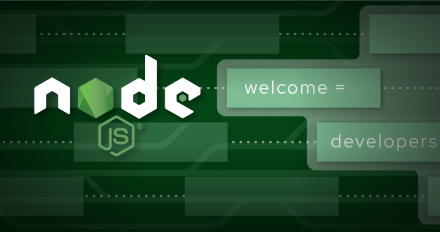
Learn about the Node.js reference architecture with this new series. Part 1 explains why we believe we need a Node.js reference architecture.
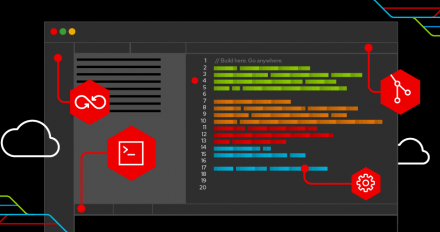
Learn how to inject environment variables directly into your React, Angular, or Vue.js codebase during the front-end container build process.
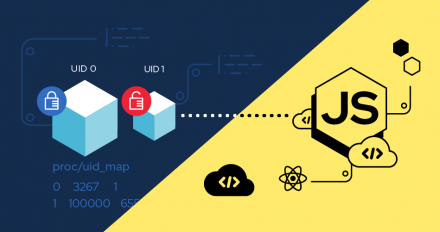
Set up everything you need to run JavaScript front-end applications in a secure container, whether you are using Angular, React, or Vue.js.
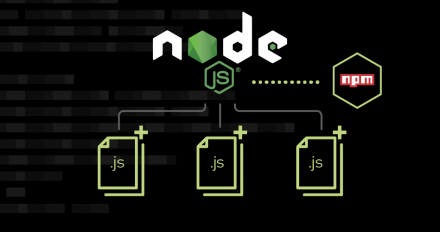
Learn how the Nodeshift team added standardized support information to their Node.js modules, then get started with the tools and best practices they used.
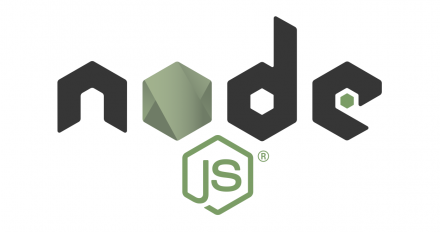
The 2021 Node.js User Survey is now open, and aims to learn who is using Node.js, and how. It’s also your opportunity to share feedback with the project.

Get started with using Red Hat OpenShift Serverless Functions to create serverless functions that respond to HTTP and CloudEvents requests.
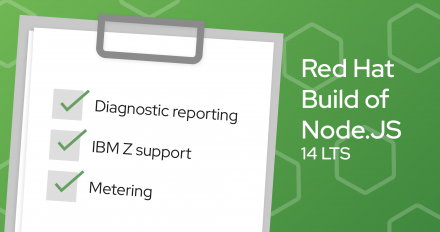
Find out what's new in the Red Hat Build of Node.js 14, including support for diagnostic reporting, metering, and full ICU internationalization.